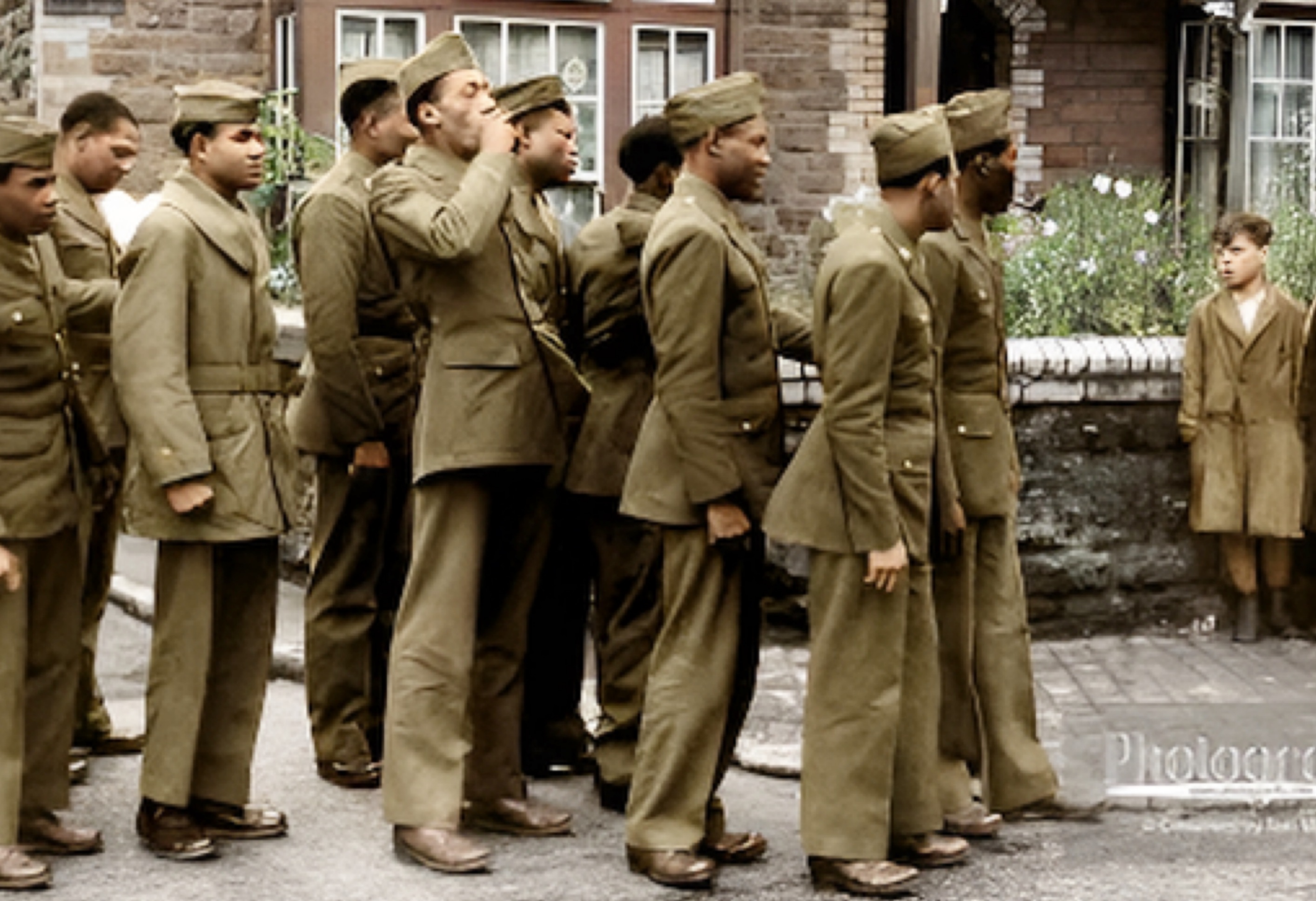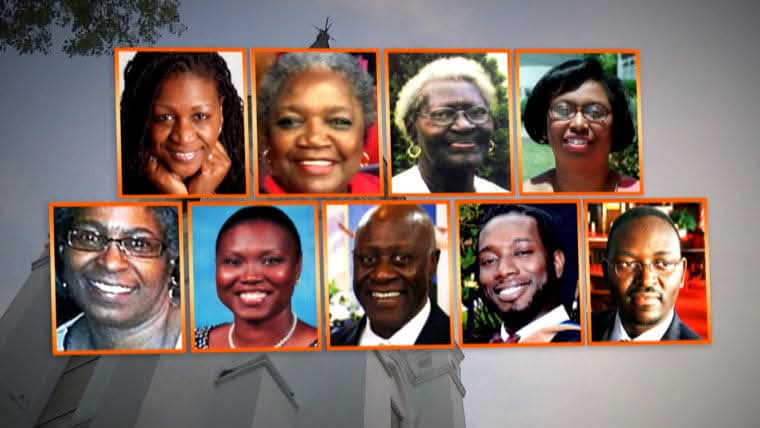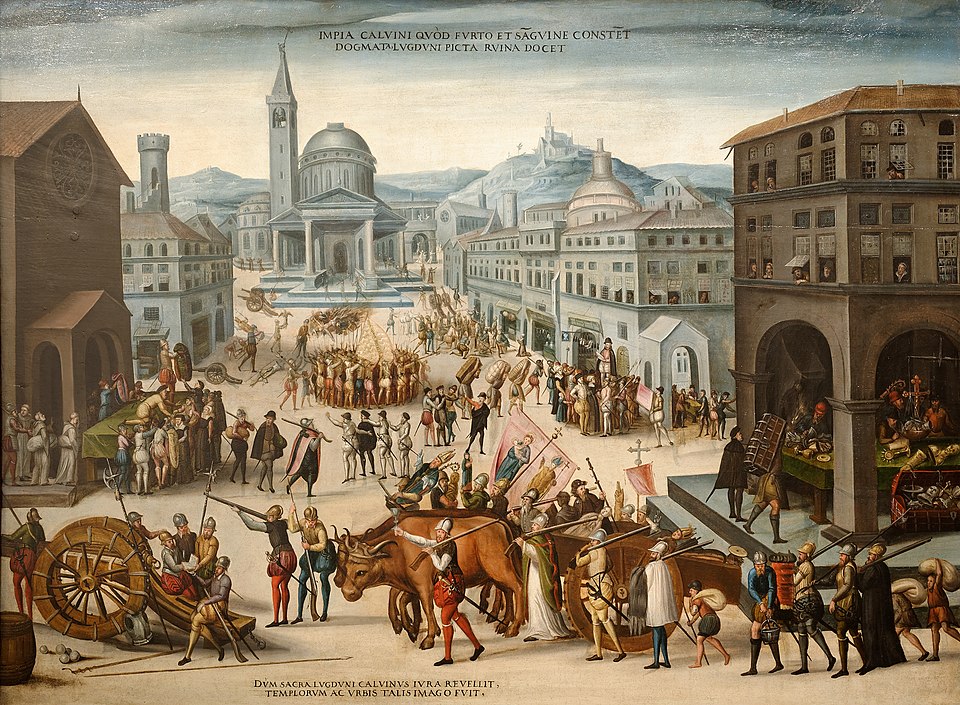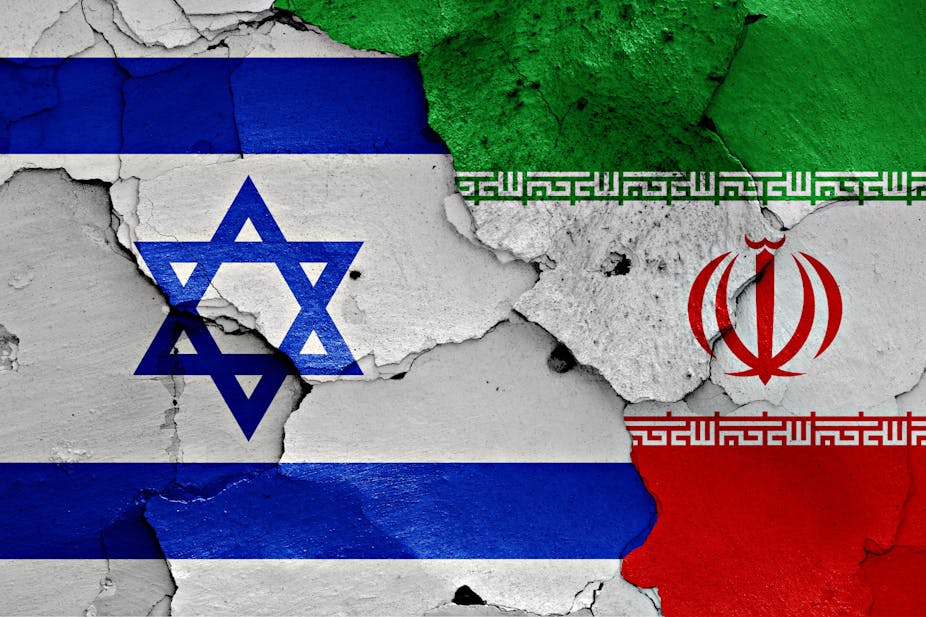THE BATTLE OF BAMBER BRIDGE: A Historical Marker in the Struggle for Civil Rights and Equality

Did you know that The Battle of Bamber Bridge, which occurred in 1943 during World War II and that pitted Black American soldiers in faced off with White American Military Police on British soil, was a direct result of racial segregation policies?
The Battle of Bamber Bridge is unique in the sense that it represents one of the few instances during World War II where racial tensions and clashes erupted between American soldiers on foreign soil. It stands out as a significant event that shed light on the racial discrimination and segregation that existed within the U.S. military at that time.
The incident occurred in a small town in England, rather than on a battlefield, which further sets it apart from traditional wartime conflicts. The clash between African American soldiers and white military police (MP) in Bamber Bridge was a direct result of racial segregation policies within the military and the racial tensions that arose from them.
Bamber Bridge hosted American servicemen from the 1511th Quartermaster Truck regiment, part of the Eighth Air Force. The regiment was a logistics unit, and its duty was to deliver materiel to other Eighth Air Forces bases in Lancashire. The 234th US Military Police Company were also in the town, on its north side. The US Armed Forces were still racially segregated, and the soldiers of 1511 Quartermaster Truck were almost entirely black, and all but one of the officers were white, as were the MPs. Military commanders tended to treat the service units as "dumping grounds" for less competent officers, and the leadership in the unit was poor.
Racial tensions were exacerbated by the race riots in Detroit earlier that week, which had led to 34 deaths, including 25 black casualties. The riot had escalated in the city of Detroit after a false rumor spread that a mob of whites had thrown a black mother and her baby into the Detroit River. According to Anthony Burgess, an English writer and composer, the people of Bamber Bridge supported the black troops, and when US commanders demanded a colour bar in the town, all three pubs in the town reportedly posted "Black Troops Only" signs.
The conflict began on the evening of 24 June 1943 when some soldiers from the 1511th Quartermaster Truck Regiment were drinking with the English townsfolk in Ye Olde Hob Inn. Details of how the incident developed differ between sources. Two MPs, Corporal Roy A. Windsor and Private First Class Ralph F. Ridgeway, responded to a report of trouble at a local pub. The MPs had standing orders to arrest soldiers who were out of camp without a pass, were disorderly, or were not in proper uniform.
On entering the pub, they encountered one soldier, Private Eugene Nunn who was dressed in a field jacket rather than the required class A uniform, and asked him to step outside. An argument ensued, with local people and British servicewomen of the Auxiliary Territorial Service siding with Nunn. One British soldier challenged the MPs by saying, "Why do you want to arrest them? They're not doing anything or bothering anybody."
Staff Sergeant William Byrd, who was black, defused the situation but, as the MPs left, a beer was thrown at their jeep. After the MPs picked up two reinforcements, they spoke to Captain Julius F. Hirst and Lieutenant Gerald C. Windsor, who told the MPs to do their duty and to arrest the black soldiers. A group of MPs intercepted the soldiers on Station Road as they returned to their base at Mounsey Road. As a fight broke out, the MPs opened fire, and one bullet struck Private William Crossland of the 1511th in the back and killed him.
Some of the injured black soldiers returned to their base, but the killing caused panic as rumours began to spread that the MPs were out to shoot black soldiers. Although the colonel was absent, acting CO Major George C. Heris did his best to calm the situation. Lieutenant Edwin D. Jones, the unit's only black officer, managed to persuade the soldiers that Heris would be able to round up the MPs and see that justice was done.
However, at midnight, several jeeps full of MPs arrived at the camp, including one improvised armoured car armed with a large machine gun. That prompted black soldiers to arm themselves with weapons. Around two thirds of the rifles were taken, and a large group left the base in pursuit of the MPs. British police officers reported that the MPs set up a roadblock and ambushed the soldiers.
The black soldiers warned the townsfolk to stay inside when a firefight broke out between them and the MPs, which resulted in seven wounded. The fighting stopped around 04:00 the next morning with an officer, three black soldiers, and one MP having been shot and two other MPs beaten. Eventually, the soldiers returned to the base, and by the afternoon, all but four rifles had been recovered.
The Battle of Bamber Bridge had repercussions beyond the immediate incident. It sparked discussions and debates about racial integration and equality within the U.S. military, leading to subsequent changes in policies and practices. This event serves as a historical marker in the ongoing struggle for civil rights and equality within the United States.
Source: Wikipedia
#penglobalhistory



